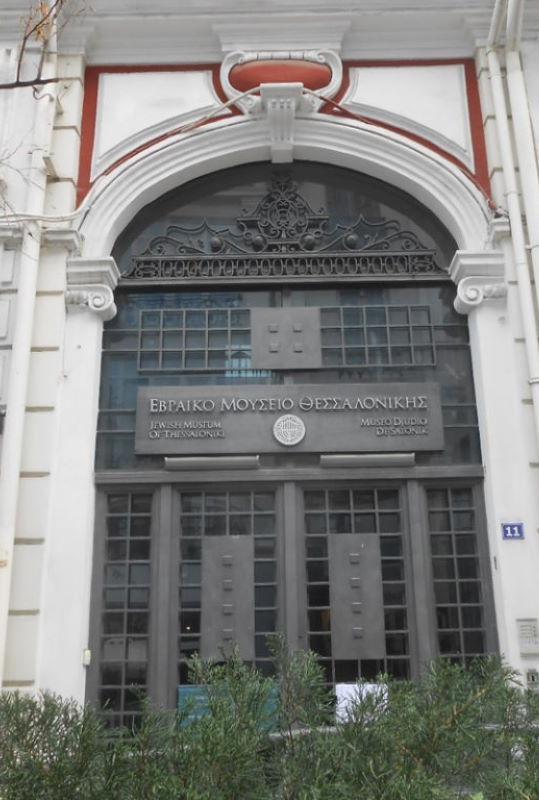Inaugurated in 2001, the Jewish Museum of Thessaloniki is housed in a community owned building which was renovated in 1997 by the Organization of the Cultural Capital of Europe “Thessaloniki 1997”. The purpose and role of the museum is to present the long history of Jews of Thessaloniki, their customs, and daily life, as well as their professional activity. An important collection is the one of tombstones from the destroyed cemetery and of architectural members from the synagogues that were demolished by the Nazis. Dated 1904, the building is one of the rare ones that escaped from the Great Fire of 1917. It was once called “Cedid Han” and housed the Bank of Athens and the headquarters of “ L’Indépendent”, a Jewish journal published in the French language from 1909 to 1941.
4. The Jewish Museum of Thessaloniki
Stories
Safeguarding history
The first inhabitants
The history of the Jewish population of Thessaloniki began around 140 BC, when a number of Jews arrived from Alexandria, a port city in Egypt. However, some researchers believe that as early as 315 BC, the year of Thessaloniki’s founding, a small community had already settled here. Flavius Josephus, a Jewish historian of the 1st century CE., made reference to the existence of a Jewish community in Macedonia. In 50 A.D. Paul The Apostle came to the city and preached, so the story goes, in the synagogue Ets Al Haim, presumably located near the harbour, for three consecutive Saturdays. During the Roman era, the Jews, the so-called Romaniotes since they were Hellenized and spoke the Greek language, had gained a certain autonomy, forming a coherent community that was continuously growing and expanding in different parts of the city.
The Byzantine Era
During the Byzantine period, Thessaloniki was a wealthy city and a veritable cultural crossroad. The policy of Byzantine Emperors to convert to christianism the different communities of their territories led to the creation of anti-jewish legislations. The emperor Justinian I characterized Jews as second-class citizens and banned the recitation of the daily prayer (Shema).Other byzantine rulers like Vassilios I the Macedonian and Leo VI the Sophos (meaning the Wise) forced the Jews to baptize or to abandon the city. During the years to come, the living conditions of the community did not change. In 1169, the traveller Benjamin of Tudela visited Thessaloniki and cited in his dairy, The Book of Travels, that he met a prosperous community, involved in the silk trade and industry, that numbered 500 citizens, mentioning also Rabin Samuel as head of the community. During the 13th century and until the end of the 14th, Jews from other countries of Europe immigrated to Thessaloniki. During the seven years of Venetian rulership from 1423 to 1430, the heavy taxes imposed on the community forced several Jews to leave the city.
Powered by Clio Muse Tours
